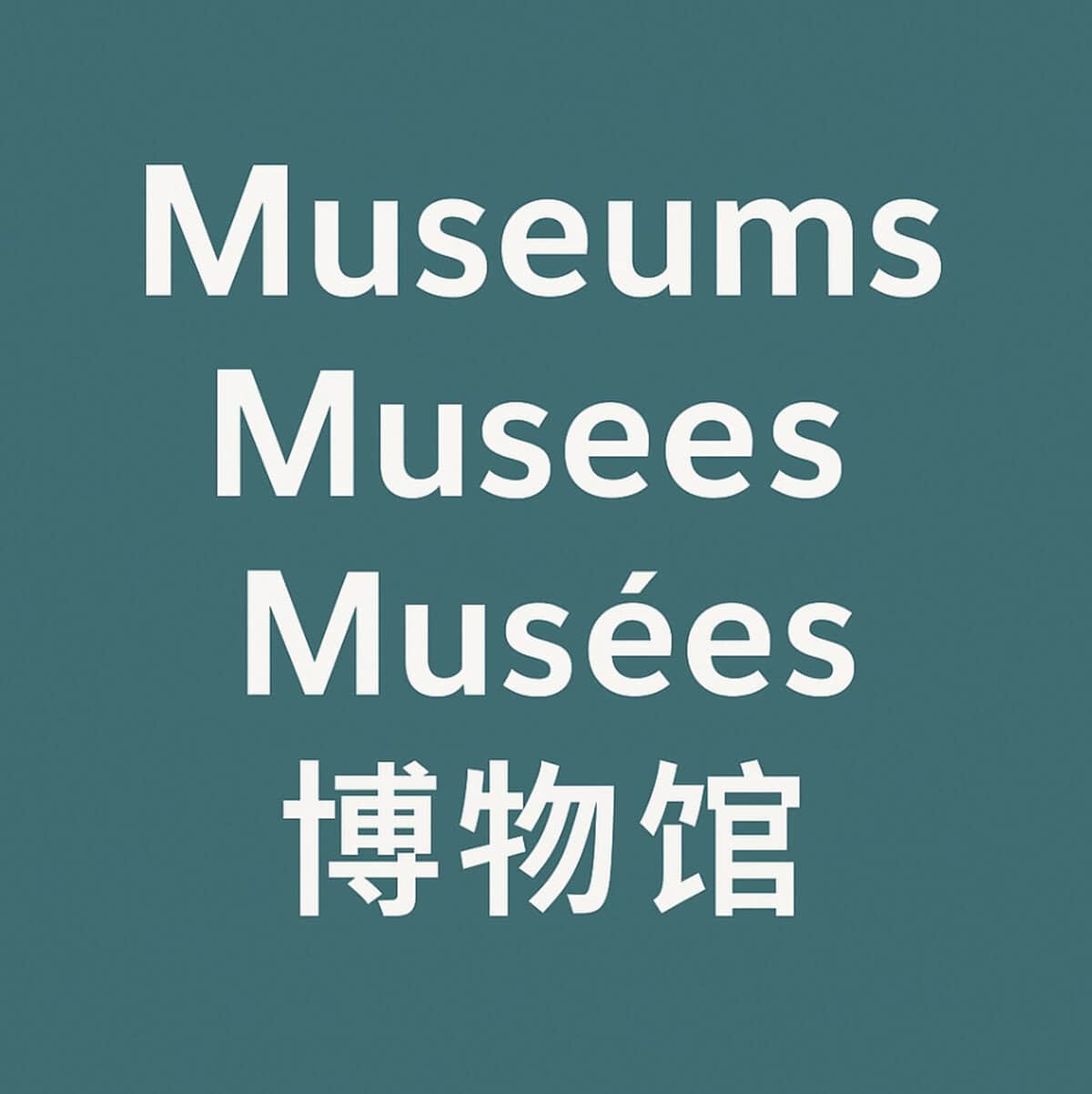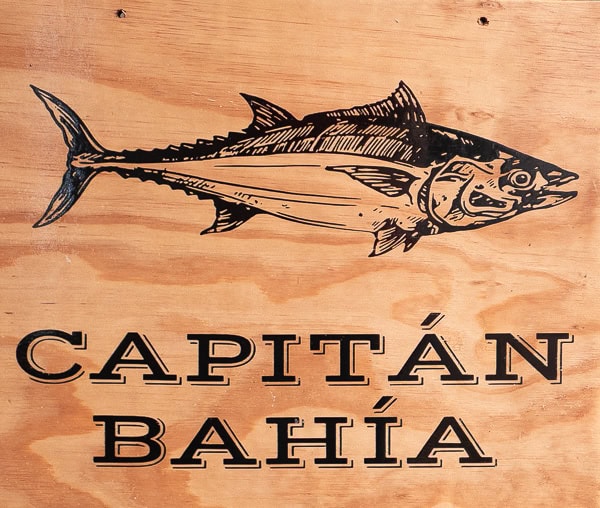Retiring in Panama: Keep Your Lifestyle for Less
Panama has long been called one of the best places in the world to retire. But let’s be clear: this isn’t about bargain-hunting or chasing a “cheap” life abroad. For me, and for many others, retiring in Panama means keeping the lifestyle you already know—just at a lower cost, with more breathing room, and in a culture that values life in a way many countries have forgotten.
I’ve lived in Casco Viejo (also known as San Felipe) off and on since 2008. Every day, I see retirees blending into the rhythm of the neighborhood: walking the plazas, chatting in cafés, enjoying concerts, and getting to the airport in under an hour for flights back to see family. My own experience—two hip replacements at Pacífica Salud, $300/month for full medical coverage with a reasonable deductible—reminds me how much more accessible life here can be.
Let’s look at the facts, then bring it back to what retirement feels like on the ground in Casco Viejo.
Cost of Living When You Retire in Panama
The number one misconception is that Panama is “cheap.” It isn’t. It’s affordable relative to what you spend elsewhere.
If you live a luxury lifestyle in New York, Miami, or London, you can maintain that same standard here for significantly less. If you live modestly back home, you’ll find your budget stretches further still.
Third-party indices estimate overall costs in Panama are around 36–49% lower than the United States. But what matters more is choice. In Panama City, you can rent a high-rise apartment overlooking the ocean or a restored colonial flat in Casco Viejo. You can eat at fondas for a few dollars or dine with Michelin-trained chefs in Calle Uruguay. The spectrum is wide, but the quality is high all the way through.
The real difference is in stress. Retiring in Panamá gives you the same lifestyle—without the grind, the bills that shock you every month, or the sense that you’re running just to stay still.
Healthcare when Retiring in Panama
Healthcare is often the tipping point for retirees. In Panama, it’s one of the strongest arguments for making the move.
- Private hospitals in Panama City are modern, clean, and well-staffed. Pacífica Salud – Hospital Punta Pacífica is affiliated with Johns Hopkins Medicine International and holds international accreditation.
- Doctors are often U.S. or European trained, English-speaking, and accessible.
- Out-of-pocket costs are significantly lower, even before insurance.
My personal figure is $300/month for 100% medical coverage with a reasonable deductible. In the United States, the same plan would run into four figures. That’s not hearsay—that’s lived experience.
And then there’s the jubilado law. Retirees in Panama receive mandated discounts:
- 20% off doctor visits
- 15% off hospital bills
- 10% off prescription medications
These aren’t promotional offers—they’re protected by law.




The Pensionado Program: A Retirement Visa That Works
Panama’s Pensionado Program is considered one of the best retirement visas in the world Retiring in Panama.
- Qualify with a lifetime pension of $1,000/month (or $750 if you purchase property worth at least $100,000).
- Residency is permanent once granted.
- Spouses are included.
On top of residency, the jubilado discounts kick in once you meet the age thresholds: 55 for women and 60 for men.
These include:
- 50% off entertainment (movies, concerts, theater)
- 30–50% off hotels (weekends vs weekdays)
- 25% off airline tickets
- 25% off restaurants (15% at fast food)
- 20% off utilities (electricity, phone, water)
It’s not about penny-pinching — it’s about Panama structurally valuing seniors. Imagine walking into a pharmacy and knowing the law guarantees your discount, no coupon required. And when you’re out exploring, take a moment to see where locals actually eat and drink in Casco Viejo — because understanding how people live, gather, and share meals here tells you as much about the culture as any policy ever could.
Taxes in Panama: Territorial System, Less Burden
Panama runs a territorial tax system. That means only income earned in Panama is taxed in Panama. Retiring in Panamá and your retirement income comes from abroad, it isn’t subject to Panamanian tax.
U.S. retirees must still file with the IRS, but Panama doesn’t double-tax you. That one change alone gives enormous peace of mind.
Safety and Security: Big-City Sense with Laid-Back Rhythm
Let’s be adults about safety.
The U.S. government rates Panama as Level 2: Exercise Increased Caution—the same as much of Europe. The Darién and Mosquito Gulf are no-go zones. In Panama City, it’s common sense: mind your belongings, don’t wander drunk down alleys at 2 a.m., and you’ll likely be fine.
In Casco Viejo, there’s a strong community watch. Neighbors know each other. Police patrols are visible. And there’s an intangible layer too: Panamanians genuinely value life. A friend of ours said it best: “People here treasure time with family and friends more than possessions.” That makes a difference you can feel on the street.
Accessibility: Connected Without the Chaos
Panama isn’t just livable—it’s connected.
- Tocumen International Airport (PTY) is a hub with direct flights to nearly 90 destinations across the Americas and Europe. For retirees, it means family can visit easily, and you can get home for holidays or emergencies without three connections.
- Inside Panama City, modern infrastructure—new subway lines, highways, and reliable rideshare—means errands and appointments are straightforward.
Casco Viejo itself is walkable. You can step out your front door and reach cafés, pharmacies, and restaurants in minutes. For retirees, that walkability is worth its weight in gold.
Daily Life in Casco Viejo: Fellowship and Flow
This is where the story shifts from statistics to lived experience. Casco Viejo is not just where I live—it’s a fellowship, a flow, a way of retiring in Panama that is fully alive.
Morning: A stroll along the seawall, a coffee at Super Gourmet, chats with neighbors. The sun comes up over the Pacific side, lighting the domes of San José Church. Retirees join locals for their early walk, some with dogs, some with cameras. On weekends, you might find a yoga class setting up on the seawall or fishermen hauling in their morning catch.
Midday: Appointments, errands, or a museum stop. Everything is a short walk or a ten-minute drive. You might drop by the Mercado de Mariscos for fresh ceviche, browse a gallery tucked behind a colonial arch, or pop into one of the small pharmacies that stock both U.S. and European medications at a fraction of U.S. prices. Midday is also when the plazas pulse with life — children in uniforms crossing from school, workers ducking into fondas for lunch, and expats catching up in cafés with strong Panamanian coffee.
The beauty of Casco is that retirement here isn’t about retreat—it’s about participation. You’re in a UNESCO World Heritage district that’s alive, not frozen. There are processions, art shows, jazz nights, and children playing fútbol in the plazas. Retirement here feels less like winding down and more like joining in.
Fast Facts: Retiring in Panama
- Cost of Living: ~36–49% lower than U.S. averages (depends on lifestyle).
- Healthcare: Private hospitals, Johns Hopkins-affiliated; $300/month comprehensive coverage.
- Pensionado Program: $1,000/month income requirement ($750 with property).
- Jubilado Discounts: 50% hotels, 25% restaurants & airline tickets, 20% doctors & utilities.
- Taxes: Territorial system; foreign income not taxed in Panama.
- Safety: Level 2 advisory; avoid certain provinces, exercise urban common sense.
- Accessibility: Tocumen hub; Casco Viejo is fully walkable.
Q&A: Retiring in Panama
A: Yes, but it’s not about “cheap.” It’s about maintaining your lifestyle for less.
A: Men qualify at 60, women at 55, by law.
A: Excellent. Private hospitals are internationally accredited. My full plan is $300/month with comprehensive coverage.
A: Residency for retirees with $1,000/month pension ($750 with property), plus full legal discounts.
A: Yes—walkable, cultural, safe, and with a true sense of fellowship.
Closing Thoughts
Retiring in Panama isn’t about giving things up. It’s about keeping your life intact — your standards, your healthcare, your routines — while gaining affordability, accessibility, and community, and learning to love the rhythm of Panama’s rainy season.
Casco Viejo, especially, is where retirement becomes fellowship. You walk the plazas, linger in neighborhood cafés where locals linger daily, sip your coffee, know your neighbors, and hear the bells that have marked this city for centuries. You’re not disappearing into a quiet corner—you’re living in a world-class city with a slower pace and a higher value placed on life itself.
That’s why, for me and for many, retiring in Panama—and especially in Casco Viejo—isn’t just a smart move. It’s the right one. And if I can help in any way, reach out to me directly. I’ve known the developers and real estate agents here personally for years, and I know their style and their patterns — and how the friendly business climate supports expats. That knowledge can save you time, help you avoid pitfalls, and give you confidence as you plan your next chapter in Panama.
🍃 Retiring in Panama isn’t just a move — it’s a lifestyle you’ll carry with you long after the decision is made.
- 🏥 Learn more about Medical Tourism in Panama — world-class care, modern hospitals, and costs that make sense for your future.
- 🏡 Thinking long-term? Explore Moving to Panama — from neighborhoods to lifestyle, see what it means to truly settle here.
- 🍽️ Discover Great Restaurants in Casco Viejo — dining that blends history, flavor, and the kind of evenings you’ll never forget.
Museum of the Mola
A vibrant museum dedicated to Guna culture, where the meaning behind each stitch tells a story of identity and heritage.
Visit MuseumArts & Culture
From street murals to studio exhibits, Casco’s art scene is alive with talent and passion rooted in history and place.
Explore ArtsEvents in Casco
Stay in the loop with local events—gallery openings, live music, artisan fairs, and street festivals that bring Casco to life.
View Events



